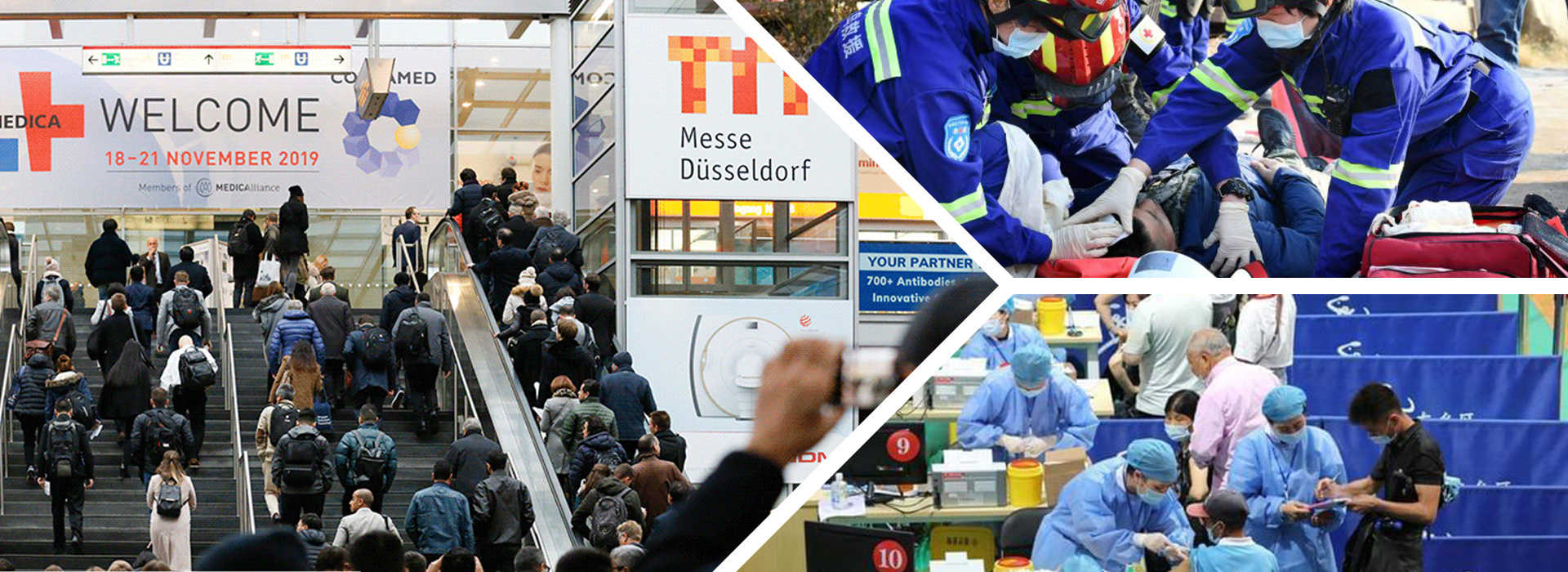How to bandage first Aid
2021-10-18
First aid bandaging refers to the bandaging required for first aid, the action should be light, rapid and accurate.
Wound is the gateway for bacteria to invade the human body. If the wound is contaminated by bacteria, it may cause sepsis, gas gangrene, tetanus, etc., which seriously affects and damages health and even endangers life. Therefore, if there is no condition to do the wound clearing operation on the first aid scene, it must be wrapped first, because timely and proper bandaging can achieve the purpose of compression hemostasis, reduce infection, protect the wound, reduce pain, and fix dressings and splints.
Bandages are usually necessary for bandaging. There are two main types of bandages: hard bandages and soft bandages. Hard bandages are plaster bandages made by drying cloth bandages with plaster powder. Soft bandages are usually used in first aid. There are many kinds of soft bandages
1. Adhesive paste: that is, adhesive plaster;
2. Roll bandage: gauze roll tape is the most versatile and convenient wrapping material. Scroll bandage is divided into: single head belt and two ends belt according to the form of scroll; That is, a bandage is rolled up at both ends, or it can be joined with two single headbands, etc.

When bandaging, the action should be light, fast and accurate, so as to wrap the wound, tight and firm, and suitable for tightness. When applying bandages, the following principles should be noted:
1. First aid personnel must face the wounded and take the appropriate position;
2. Sterilized gauze must be covered on the wound first, followed by bandage;
3. When bandaging, hold the head in the left hand and the bandage roll in the right hand, close to the part outside the bandage;
4. Wrap the wound from the lower part of the wound upward, usually from left to right, from bottom to top;
5. Bandage should not be too tight, so as not to cause local swelling, nor too loose, so as not to slip;
6. In order to maintain the functional position of the limbs, the arms should be bent and tied, while the legs should be tied straight.






